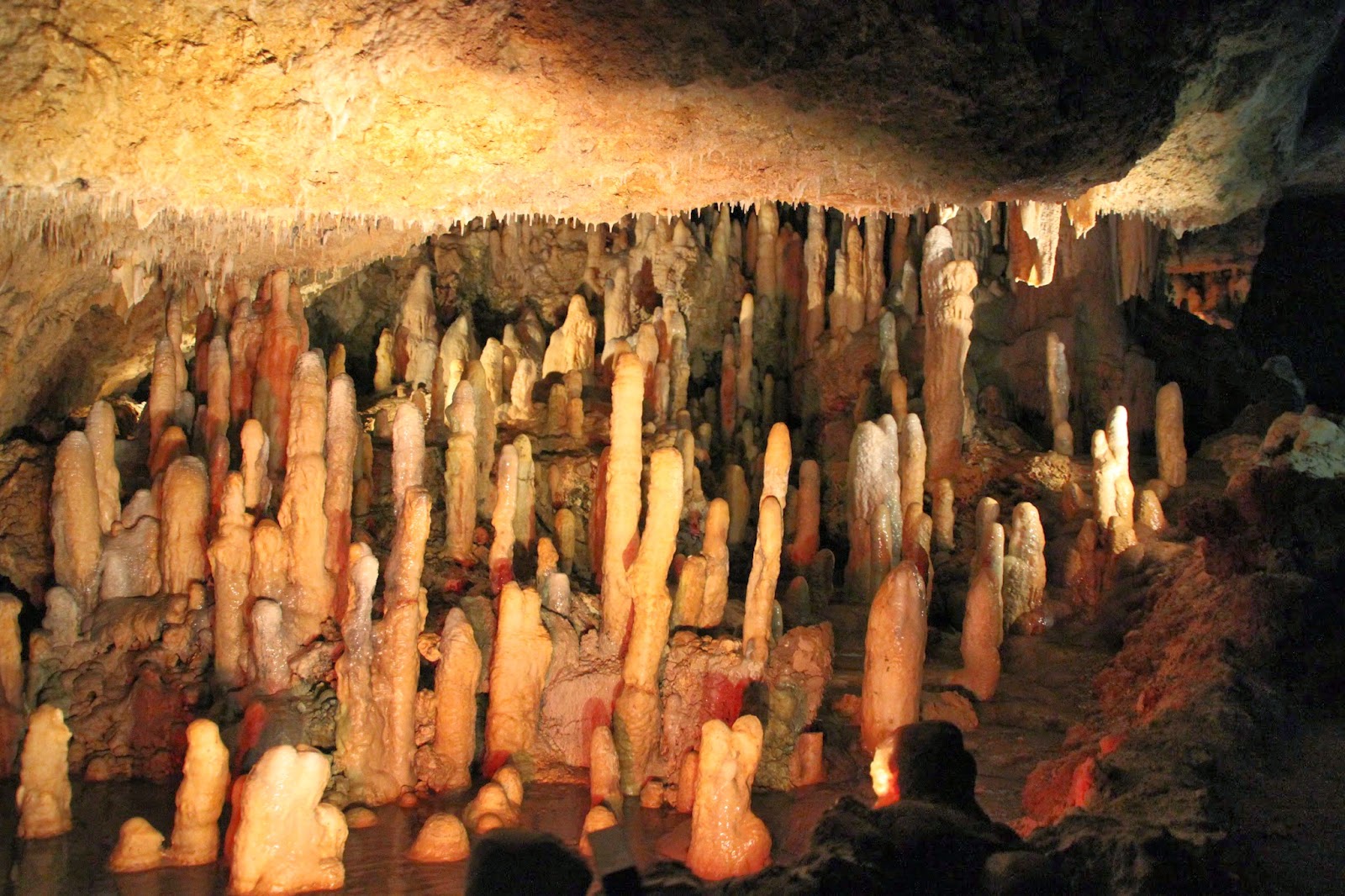Harrison's Cave - Nature's living work of art

Mother nature’s wonders seldom cease, neither do they cease to awe and floor us literally and figuratively. Tucked into the central region of the eastern Caribbean island is the lush green tropical expanse in “de heart uh Barbados” and in its sanctum sanctorum is embedded a limestone cavern, a marvel of nature’s beauty. Amid breathtakingly stunning tropical flora, sprayed by occasional showers, emit the aroma of the earth lies Harrison’s Caves, home to myriad stalactite and stalagmite formations that are nature’s living and ever-evolving work of art. A motorised tram awaits at the entrance known as the Boyce Tunnel, named after equipment operator Noel Boyce, who was the first member of the construction team to break through the bedrock. Subdued lights embedded in the rock formations welcome the visitors, it can be an adventurous ride into a theme park, only that instead of ‘monsters’ popping out from the crevasses, the myriad shapes soothe the eyes and leave the interpretati
